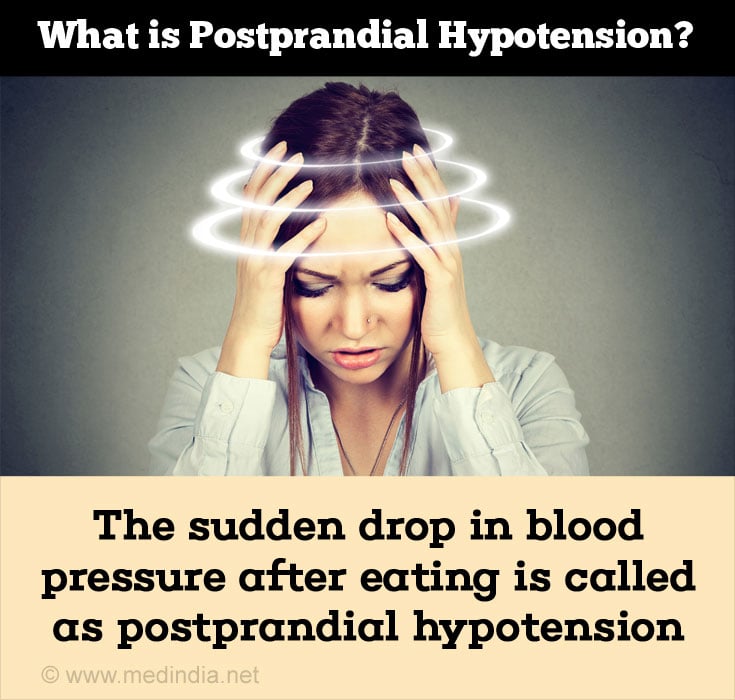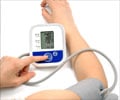- What Causes Low Blood Pressure and What are Low Blood Pressure Symptoms? - (https://www.bhf.org.uk/informationsupport/heart-matters-magazine/medical/ask-the-experts/low-blood-pressure)
- What is Low Blood Pressure? - (http://www.bloodpressureuk.org/BloodPressureandyou/Thebasics/Whatislow)
- What Is Low Blood Pressure/Hypotension? - (https://www.narayanahealth.org/low-blood-pressure/)
- Blood Pressure (low) - Hypotension - (https://www.betterhealth.vic.gov.au/health/conditionsandtreatments/blood-pressure-low-hypotension)
- Low Blood Pressure (Hypotension) - (https://www.uofmhealth.org/health-library/abg6277 )
- Low Blood Pressure - When Blood Pressure Is Too Low - (https://www.heart.org/en/health-topics/high-blood-pressure/the-facts-about-high-blood-pressure/low-blood-pressure-when-blood-pressure-is-too-low)
Overview
A blood pressure reading that is persistently less than 90/60 mm Hg means that you are suffering from Low blood pressure or Hypotension. If the symptoms or cause are recognized the risk factors can be avoided and the right treatment can be administered.
Blood pressure is a measurement of the force exerted by blood against the wall of blood vessels, i.e. the arterial wall. A blood pressure reading has two numbers: the first and the higher of the two is the systolic BP; the other one is the diastolic BP. A normal blood pressure may be defined as <120/80 mm Hg.
One is said to have a Low blood pressure or Hypotension when his blood pressure is <90/60 mm Hg. An optimal blood pressure of 110/70 mm Hg is a sign of good cardiovascular (heart and blood vessel) health. Healthy people, like trained athletes usually have a lower blood pressure and lower pulse rate than the unfit ones. A low blood pressure may however be a sign of an underlying problem, especially in the elderly, and lead to inadequate blood supply to the heart, brain or other vital organs.(1✔ ✔Trusted Source
What is Low Blood Pressure?
Go to source)
Chronic low blood pressure without symptoms is not serious in most instances. However a sudden drop may cause health problems as the brain gets deprived of sufficient blood supply. Light-headedness or dizziness ensues a fall of 20 mm Hg.
It is noted that many Indian woman suffer from low blood pressure and also low hemoglobin. However there are no large studies from the sub-continent to study this association. Low blood pressure is also seen in the elderly people and sometimes is due to medication.
Lightheadedness, dizziness or fainting episodes are the main symptoms of the condition.
Certain lifestyle modification can prevent low blood pressure from causing any major health problems; Increasing salt in diet may also help its treatment.(2✔ ✔Trusted Source
Low Blood Pressure (Hypotension)
Go to source)
Types of low blood pressure or Hypotension
Hypotension is often categorised based on numerous factors. Some common types are: Postural hypotension, postprandial hypotension, Neurally Mediated Hypotension (NMH).(3✔ ✔Trusted Source
What Is Low Blood Pressure/Hypotension?
Go to source)
- Postural hypotension (orthostatic hypotension)
- This is a sudden drop in blood pressure on standing up. When we stand blood pools in our legs due to gravity. The body normally has mechanism to compensate for this. A failure of this compensatory mechanism leads to postural hypotension. Many of the causes that were listed in the previous section are responsible for this failure.
- It is more common in older adults, especially those above age 65
- It is generally harmless in young individuals. Young, otherwise healthy ones may suffer postural hypotension on standing up suddenly after sitting with their legs crossed for a long time or after prolonged working in a squatting position.
- Postprandial hypotension
- This is a sudden drop in blood pressure after eating. This occurs when the body fails to compensate for the large amount of blood that deviates to the digestive tract after we eat.
- Hypertensive patients and those with nervous system disorders like Parkinson’s disease suffer postprandial hypotension
- Neurally mediated hypotension
- Young people are commonly affected

Arises due to faulty communication between the brain and the heart. As mentioned above, there is a drop in blood pressure when we stand. In persons with neurally mediated hypotension, the nerves in the heart falsely signal the brain that blood pressure is high. The brain then reduces the heart rate, resulting in a greater fall in blood pressure3✔ ✔Trusted Source
What Is Low Blood Pressure/Hypotension?
Go to source)






